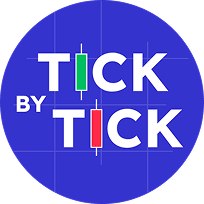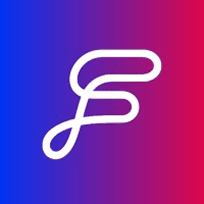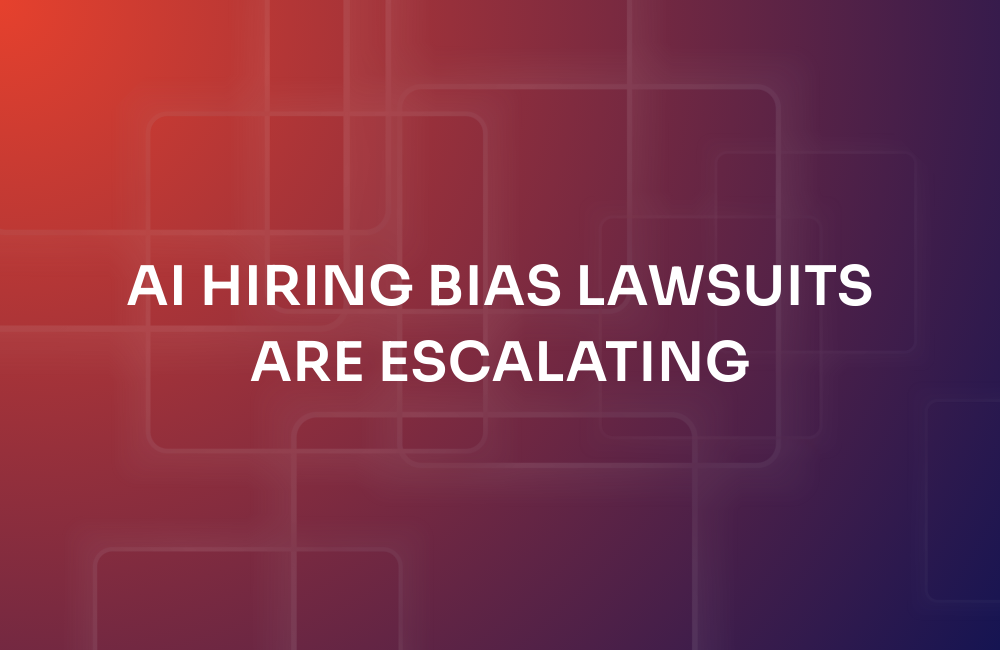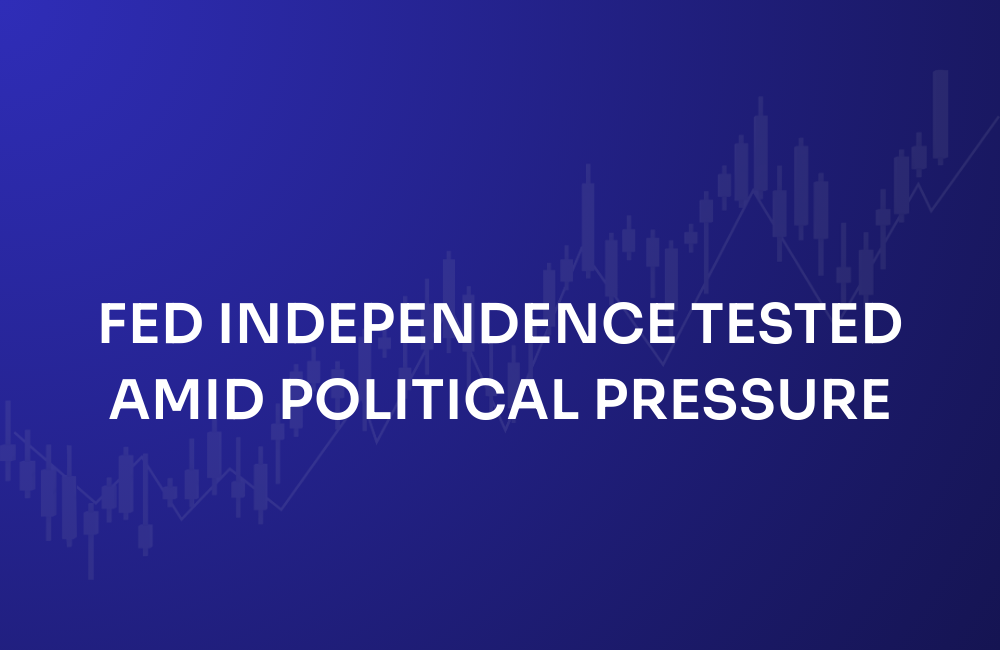
Subscribe to our free
💌 Stay ahead with AI and receive:
✅ Access our Free Community and join 400K+ professionals learning AI
✅ 35% Discount for ChatNode
.png)

The Fed, led by Powell, resists Trump's political pressure to cut rates, defending its independence amid global rate cuts and market volatility.
Fed Independence vs. Political Pressure
Global interest rates are falling fast, but the U.S. Federal Reserve isn’t playing along. While the European Central Bank and Bank of England keep cutting, Jerome Powell is holding firm, even as President Trump turns up the heat. This standoff isn’t just about rates. It’s the biggest test of U.S. central bank independence in decades, and the outcome could hit the entire market.
This isn’t just another policy squabble. It’s a fight over whether evidence or politics calls the shots at the world’s most influential central bank.
Inside the Fed’s Decision-Making
The Federal Open Market Committee (FOMC) is made up of twelve voting members; Powell, seven Fed Board Governors, and five rotating regional Fed Presidents. They meet eight times a year to pick apart inflation data, job reports, and economic signals. This isn’t political theatre. It’s a careful, consensus-driven process built to outlast whoever is in the White House.
Powell, appointed by Trump in 2018, serves a 14-year term that a president can’t cut short. That’s by design, so short-term politics don’t hijack monetary policy. However, with Powell’s term set to end during Trump’s presidency, the succession planning has already begun.
Trump vs Powell
Trump's position gains ammunition from global trends: the ECB began cutting rates in June 2024 and has already made five cuts, while the Bank of England also initiated rate reductions by mid-2024. Trump argues the Fed is falling behind, potentially making US assets less competitive and the dollar artificially strong.
However, this creates a policy paradox. With the unpredictable nature of recent tariffs and their impact on US consumers, the Fed is being extremely cautious. Ironically, if it wasn't for Trump's own tariff policies driving up consumer costs, rates would likely already be coming down. Powell's team faces the unusual position of needing to counter the inflationary pressures created by the very administration demanding rate cuts.
Powell's response has been methodical and unwavering. Speaking directly about inflation concerns, he's made clear that premature cuts risk reigniting price pressures that took years to contain. Powell understands what Trump apparently doesn't: monetary policy operates on economic cycles, not political timelines, and different economies face different inflation and growth challenges.
The Succession Threat
Trump has escalated pressure by publicly naming Powell's potential successors, despite his term not expiring until May 2026. Kevin Hassett and Kevin Warsh top Trump's shortlist of four candidates. This timing is crucial: Powell's term expires just 16 months into Trump's presidency, giving Trump the rare opportunity to appoint his own Fed Chair early in his term and potentially reshape monetary policy for years to come.
This unprecedented move sends an unmistakable message: deliver rate cuts or face replacement with someone more compliant. However, Powell's legal position remains secure until his term expires, providing institutional protection to maintain his principled stance.
Fed officials like Boston Fed President Susan Collins and Minneapolis Fed President Neel Kashkari have echoed similar caution, emphasising data over political pressure. This coordinated resistance demonstrates the institution's commitment to independence, even as the ECB's fifth rate cut since June and continued BoE easing create additional political ammunition for critics.
Why This Matters for Your Money
- Portfolio Volatility: Rate uncertainty creates significant market volatility. Powell's resistance to political pressure provides stability, but the ongoing tension means investors should expect continued swings in both growth stocks and traditional defensive assets as markets price in various rate scenarios.
- Stock Options and Portfolios: Tech valuations depend heavily on stable monetary policy. Powell's resistance to political pressure prevents the boom-bust cycles that devastate growth company portfolios.
- Alternative Assets: Smart money has recognised this tension. Gold and Bitcoin have dramatically outperformed traditional assets as investors understand that political interference threatens monetary stability.
The Bigger Picture
History is full of examples where politicised central banks wrecked their own economies. Hyperinflation, currency collapses, lost decades of growth. It happens when short-term wins get prioritised over long-term stability.
Powell’s fight isn’t just about rates. It’s about keeping the Fed credible, predictable, and trusted. If that credibility cracks, it won’t just be interest rates that move. Everything in the market will.
About
Tick by Tick is the weekly newsletter that helps you understand the market, not just the headlines.


Recommended
.png)


.svg)




.svg)







.png)














.png)
.png)

.png)

.png)

.png)



.png)
.png)

.png)
.png)



.png)



.png)
.png)
.png)
.jpg)


.png)
.png)

.png)

.png)
